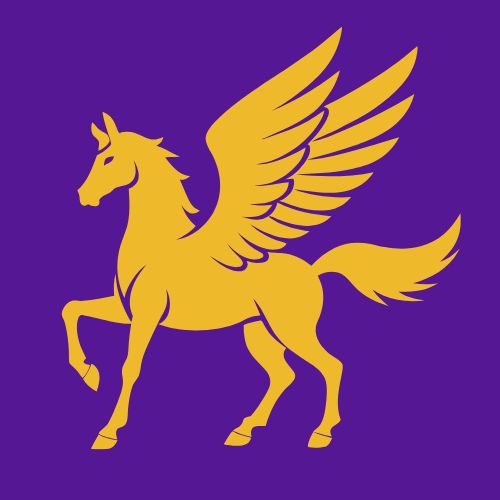Math Curriculum: Grades 6-9
The Middle School Math curriculum at Philo Classical Academy builds a strong foundation for advanced mathematical thinking through a rigorous progression of courses. Starting in 6th grade, students engage with pre-algebra using creative problem-solving approaches. In 7th and 8th grades, students progress through a comprehensive algebra sequence, mastering linear and quadratic equations. By 9th grade, students explore geometry or counting and probability, deepening their logical reasoning and preparing for high school mathematics within a classical education framework.
6th Grade: Pre-Algebra
Students engage with "Beast Academy (Level 5, or Level 4/5 combination)" by Art of Problem Solving, a dynamic curriculum designed to foster creative problem-solving. The course covers integers, fractions, decimals, percentages, ratios, rates, exponents, variables, basic expressions, simple equations, order of operations, basic number theory (divisibility, primes), and introductory problem-solving strategies. Emphasis is placed on logical reasoning and tackling challenging problems with confidence.
7th Grade: Pre-Algebra/Algebra I (Part 1)
Using "Introduction to Algebra (Chapters 1–10)" by Art of Problem Solving, students review pre-algebra concepts (variables, expressions, fractions) and dive into linear equations, inequalities, ratios, proportions, percentages, exponents, roots, basic functions, and graphing linear equations. The course focuses on algebraic manipulation and problem-solving techniques, building a solid foundation for advanced algebra.
8th Grade: Algebra I (Part 2)
Students continue with "Introduction to Algebra (Chapters 11–22)" by Art of Problem Solving, exploring quadratic equations, factoring, functions, graphing (linear and quadratic), exponents, radicals, rational expressions, polynomials, and advanced algebraic problem-solving. This course builds fluency in complex algebraic concepts, preparing students for higher-level mathematics.
9th Grade: Geometry or Counting & Probability
Students study either "Introduction to Geometry" or "Introduction to Counting & Probability" by Art of Problem Solving. The geometry course covers lines, angles, triangles, quadrilaterals, circles, transformations, congruence, similarity, coordinate geometry, and proof-writing. The counting and probability course introduces basic counting principles, permutations, combinations, probability, expected value, and introductory discrete math. Both options strengthen logical reasoning and advanced problem-solving skills.
